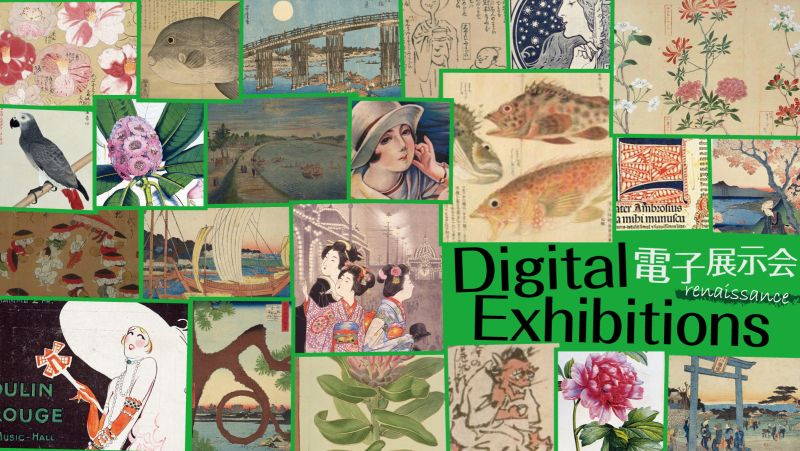Yukata: Edo Chic

In the summer, you can see people wearing yukata to events such as fireworks festivals and Bon Odori festivals. At hot spring inns, guests relax in yukata after bathing. So, when did people wear yukata in the Edo period? This web page will introduce you to the history of yukata.
The origin of yukata comes from yukatabira, which refers to simple clothing worn by nobles when bathing in hot springs in the Heian period (794-1185). It is believed that yukata were originally used to prevent exposing the naked body and to absorb sweat after bathing. Therefore, yukata were made of hemp and tailored without lining to be worn directly on the skin. Around the Genroku period (1688-1704), cotton became popular and began to replace hemp. With the spread of public bathhouses, yukata went from being underwear for bathing to loungewear after bathing.
In those days, people would bring their own yukata to hot spring inns.
As people began to wear yukata after bathing in public bathhouses and spent time relaxing, talking, and playing shogi, they also started to pay more attention to yukata patterns. Around the middle of the Edo period, hinagatabon books containing yukata patterns were produced, allowing people to order their preferred designs.
Eventually, yukata became more widely worn for leisure activities such as evening strolls, firefly hunting, and watching fireworks. While yukata were not used as outdoor wear during the day, they were worn outdoors on summer nights and depicted in nishiki-e prints.
In addition, yukata were also used as raincoats. Until the middle of the Edo period, both men and women wore yukata as rain gear or travel clothing over their clothes during rainy or snowy weather. During group trips such as the Ise pilgrimage, people wore matching yukatas within their groups. People wore yukata over their kimonos as work clothes for tasks such as cleaning up soot at the end of the year.
Kabuki actors wore yukata dyed with their favorite patterns or patterns named after themselves in the dressing room and on stage. This custom remains today in kabuki, rakugo, and sumo. The patterns on the yukata worn by actors, known as yakusha-zome and yakusha-gara, became popular among the general public.
The yukata was both everyday and work wear, but it was also chic summer evening wear for going out, with its design-oriented patterns.
References
- "ゆかた浴衣yukata" (イデッフ 2018)
(Yukata Yukata Yukata, Ideffu, 2018) - 清水 久美子, "江戸時代における浴衣の用途の広がり" (Costume and textile : journal of costume and textile : 服飾文化学会誌 / 服飾文化学会 編 5(1) 2004)
(SHIMIZU Kumiko, "Edo jidai ni okeru Yukata no yoto no hirogari," Costume and textile : journal of costume and textile, Fukushoku bunka Gakkai, 5(1), 2004) - 清水 久美子, "時代の中の「きもの」--日本服装史から(5)浴衣--江戸時代における諸相とデザインの展開" (Fiber : 繊維学会誌 : journal of the Society of Fiber Science and Technology, Japan 64(10) (通号 751) 2008.10)
(SHIMIZU Kumiko, "Jidai no nakano KIMONO -- Nihon Fukushokushi Kara (5) Yukata Edo jidai ni okeru shosou to dezain no tenkai," Fiber : journal of the Society of Fiber Science and Technology, Japan 64(10) 2008.10)
